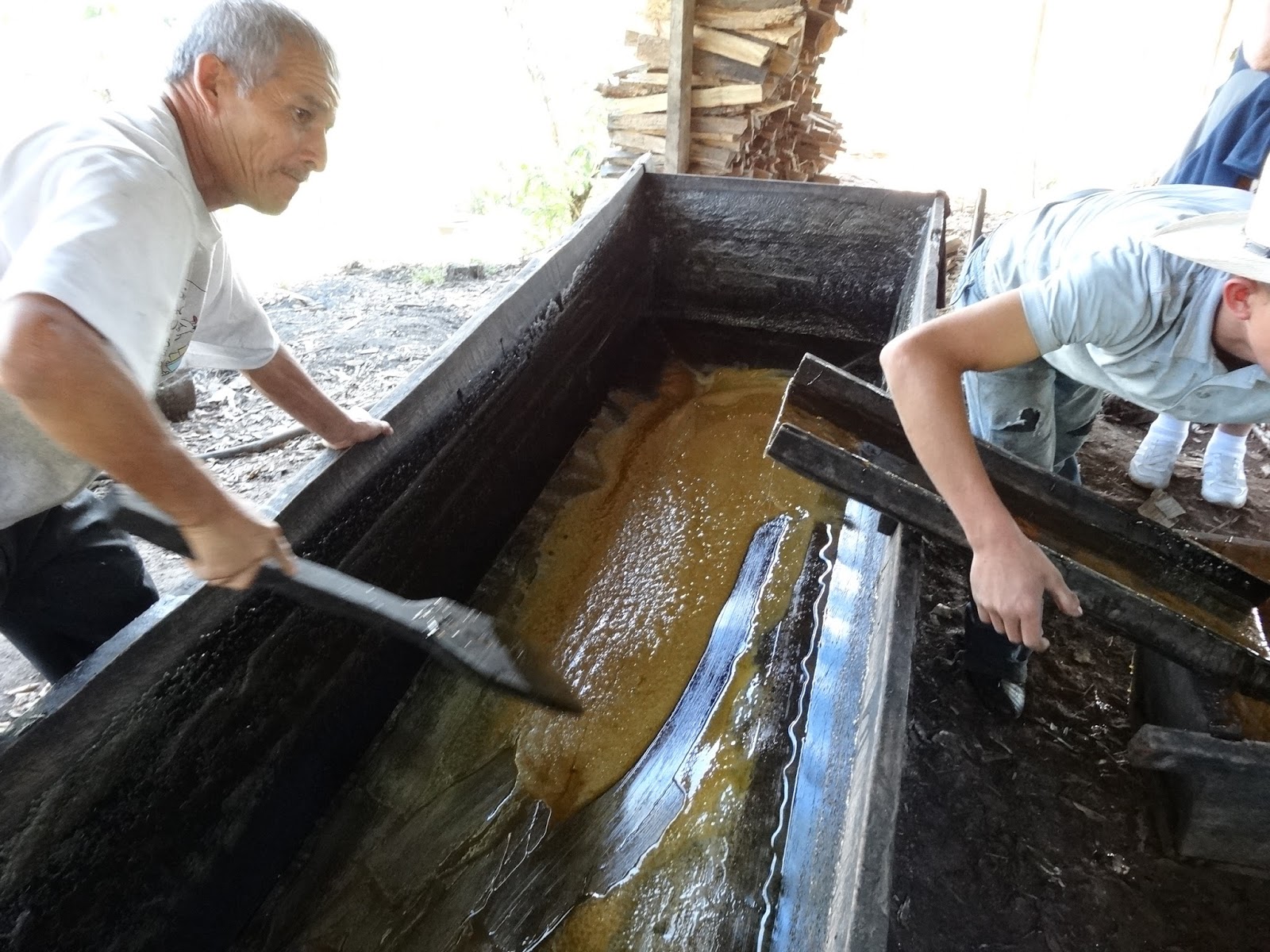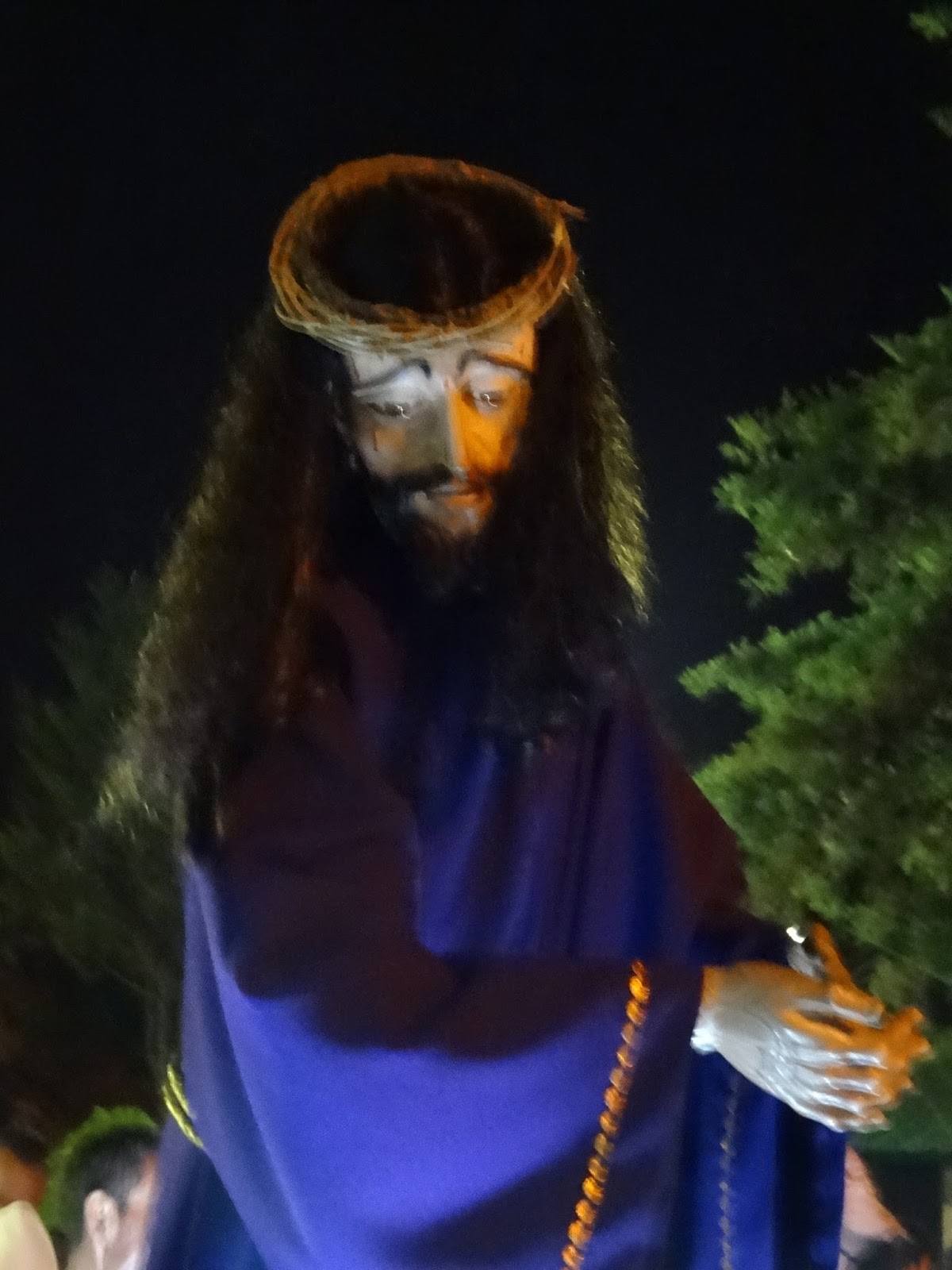I don’t know if I could really call Nicolas Sanchez a friend
– but he made himself a friend of many in his quiet way. I always enjoyed being with him. I wrote about him in a blog entry earlier today - here.
Today he was buried.
A Mass was celebrated in the morning, presided by Padre
Julio, since Padre German is on vacation with his parents in Guatemala.
Before the Mass, the coffin was carried to the church from
the home of Gloria and Nicolas which is right next to the church. The children
from the grade school in Plan Grande stood in two rows as the body of Nicolas
passed between them.
Mass was simple – and Gloria maintained an incredible sense
of calm. Her faith is so tangible that, though I could see the grief, there was
a gentle peace in her presence.
 |
| Gloria by the casket of her husband, in church |
After Mass the casket was taken to the cemetery in the next
town. As is the custom here, a large number of people walked behind the casket.
Several others and I drove since it was easily two or three kilometers – up and
down hills.
I had never witnessed a burial here. I wish that they had
the consolation of the prayers at the graveside, but it was a moving
experience.
The casket was paced beside the concrete vault at the
gravesite. The family and others gathered around to get a last glimpse of the
deceased. (Most caskets have a window and only the face can be seen.)
Then the body was lowered into the vault with a rope. Roses
were dropped on the casket.
Then a concrete lid is poured over wooden planks, reinforced
by rebar.
Then flowers are placed on and around the grave and the nine days
of mourning are begun.
There will be prayers in the family home each
night, ending with a special celebration on Friday, May 2.
May Nicolas rest in God’s peace and may his family be
strengthened in hope and courage.



























